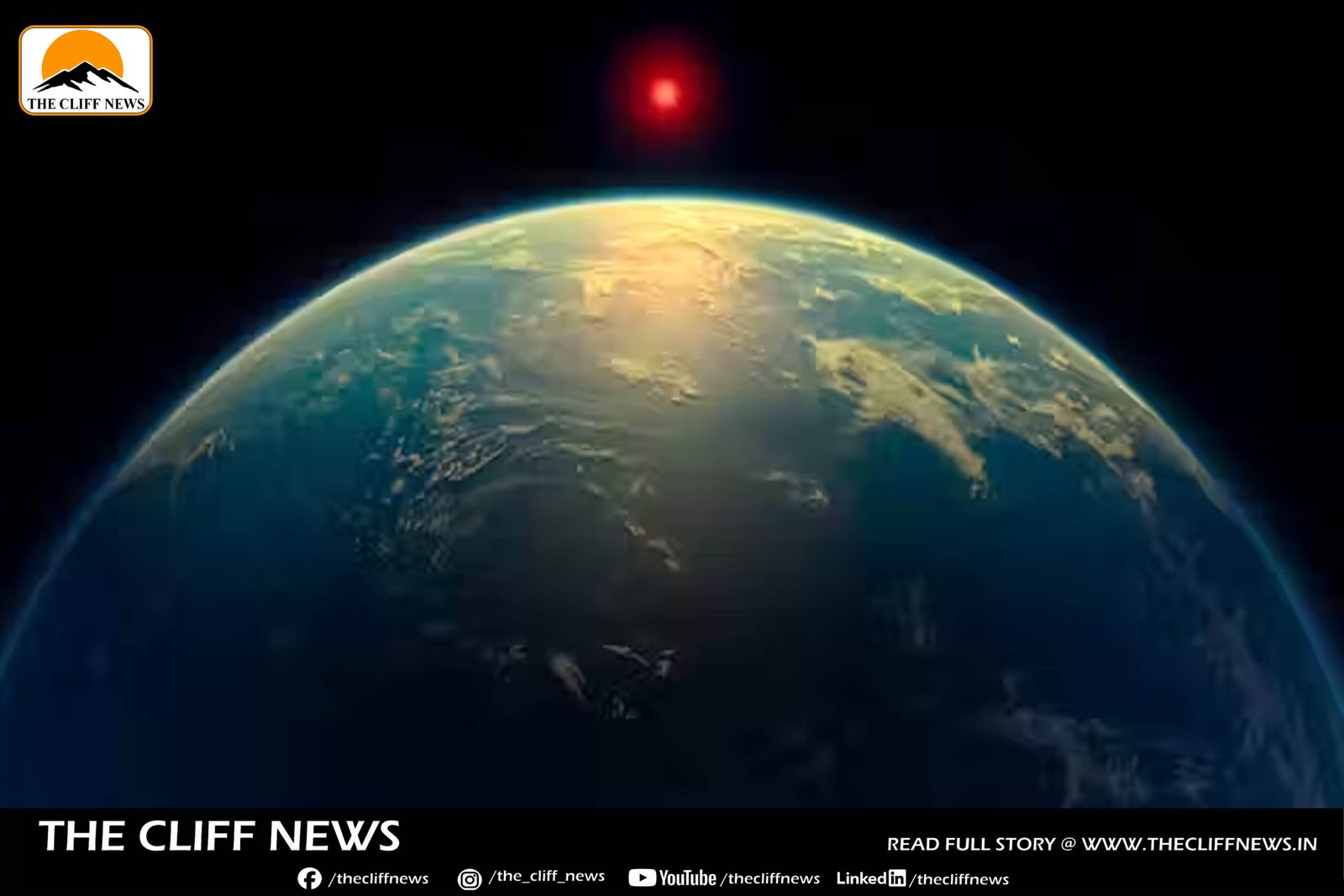A groundbreaking study led by astrophysicist Nikku Madhusudhan from the University of Cambridge has reignited one of science’s oldest questions: Are we alone in the universe? The answer might lie 124 light-years away on a distant exoplanet named K2-18b.
Drawing on data from NASA’s James Webb Space Telescope (JWST), researchers have identified strong evidence of a chemical compound called dimethyl sulfide (DMS) in K2-18b’s atmosphere. On Earth, DMS is exclusively produced by living organisms—primarily by ocean-dwelling phytoplankton—making it a potentially powerful biosignature.
A Promising Discovery—With Caution
The significance of the discovery lies in both the chemical and the context. K2-18b is categorized as a Hycean world, with a hydrogen-rich atmosphere and likely a surface covered by liquid water—conditions widely regarded as suitable for life.
The JWST, unlike its predecessor the Hubble, orbits the Sun instead of Earth, providing it with an enhanced view of deep space. When planets like K2-18b pass in front of their host stars, telescopes detect light filtered through the planet’s atmosphere. Specific wavelengths absorbed or emitted by atmospheric molecules reveal which chemicals are present.
In the case of K2-18b, the DMS signal stood out, and researchers calculated only a 0.3% chance that the detection was a false positive. While that makes the finding statistically robust, experts urge caution. As planetary scientist Christopher Glein noted, the discovery, while exciting, may not yet be the definitive “smoking gun” of alien life.
A History of Hopes and Setbacks
Astrobiology has long wrestled with such tantalizing, but ultimately inconclusive, findings. The Viking landers on Mars in the 1970s, for example, initially seemed to detect microbial life in soil samples. But later experiments failed to confirm the presence of organic compounds, and further research suggested non-biological processes—involving perchlorate minerals and cosmic radiation—could explain the observed reactions.
Part of the problem lies in a deeper mystery: scientists don’t fully agree on a single, precise definition of life. Without that clarity, determining what counts as definitive evidence of extraterrestrial organisms remains elusive.
The Search Continues
Despite the uncertainty, the K2-18b study represents a major step forward in the search for life beyond Earth. It not only highlights the capabilities of the James Webb Space Telescope, but also deepens our understanding of Hycean worlds—a new class of exoplanets that could hold the key to answering humanity’s oldest question.
As always in science, especially in astrobiology, hope is tempered by caution. But one thing is clear: the cosmos may be whispering clues, and we are just beginning to listen.



